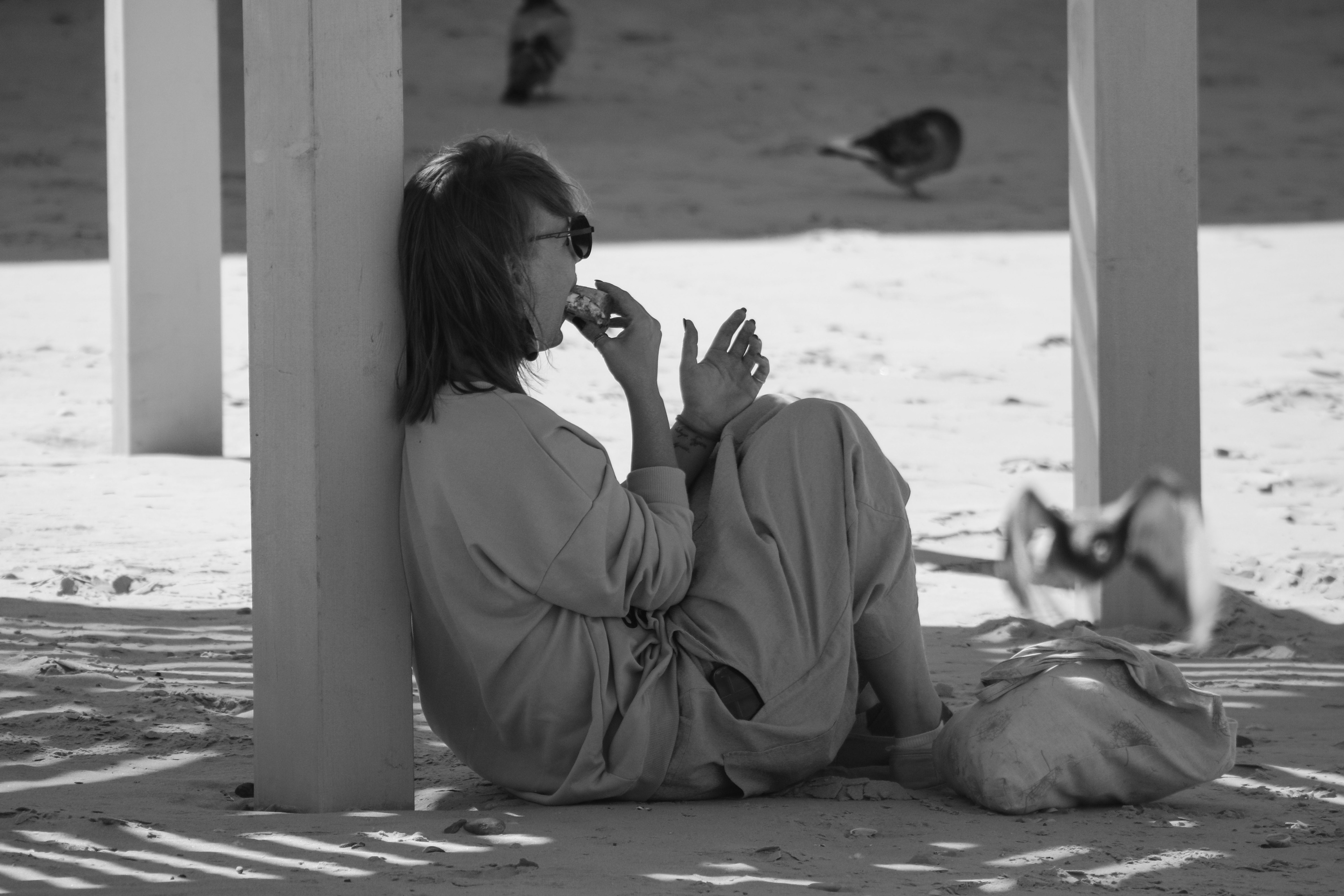The Art of Seeing: Capturing Life Through the Lens
Photography has always been more than just a method to capture moments; it’s an art form that allows us to express the inexpressible, to capture what words sometimes fail to convey. The true magic of photography lies not just in its ability to freeze time but in its power to evoke emotion, telling stories that unfold long after the shutter has clicked. A single photograph can transport a viewer to a memory they’ve never lived, conjure the scent of rain on a city street, or capture the way sunlight dapples through the leaves of an ancient oak.
The journey of a photographer is as varied and unique as the images they create. It begins with seeing the world differently—not just looking but truly seeing. A photographer becomes a connoisseur of light, understanding how it caresses textures, shifts moods, and defines the essence of a moment. This journey is one of learning and unlearning, of mastering rules only to break them with purpose. We start with the basics—composition, exposure, and focus—and, over time, learn that photography is as much about intuition as it is about technicality.

As we progress, we begin to understand the subtle interplay between technique and emotion. A perfectly framed shot can fall flat without feeling, while an imperfect shot can be deeply moving when it resonates with authenticity. The joy of photography is in these paradoxes: precision balanced with spontaneity, the planned mingled with the serendipitous. It’s in the candid laughter caught at a gathering, the way a landscape shifts under a passing cloud, or the split second when a stranger’s expression tells a life story in a glance.
Equipment evolves, of course. New lenses, new sensors, and ever-advancing post-processing tools come and go, offering new possibilities to shape our art. Yet, at the core, photography remains a deeply personal endeavor. Whether one prefers the timelessness of monochrome or the vivid drama of color, the crisp perfection of a digital sensor or the nostalgic grain of film, it’s all part of a personal style. The equipment might change, but the photographer’s eye, their creative impulse, remains unique.
Photography is also an act of connection. In sharing images, we invite others to see through our eyes, to understand our perspective. Every photograph taken and shared contributes to a collective human tapestry. It’s a way of saying, “This is how I see the world. What do you think?” Through this visual dialogue, we foster understanding, empathy, and appreciation for the small and the grand, the ordinary and the extraordinary.
The modern age has made photography more accessible than ever before. A world once dominated by professional photographers has opened up to anyone with a smartphone, turning cities, nature trails, and even mundane subway rides into potential canvases. It’s a time when everyone can become a storyteller, narrating their day through a series of frames that speak of their moments, big and small. But while ease of access has democratized photography, it has also posed the challenge of standing out in a sea of imagery. In this saturated landscape, what defines the work of a great photographer is not just skill but vision—an ability to capture and share something uniquely personal.
The essence of a powerful photograph is its ability to make us pause and feel. It might prompt us to see beauty in the overlooked, or it could stir us with the rawness of reality. Good photography doesn’t simply show; it invites, challenges, or comforts. It becomes a bridge between the moment captured and the moment remembered, turning the ordinary into the extraordinary. And so, the journey of photography continues, with each image a step deeper into the exploration of our world and ourselves.